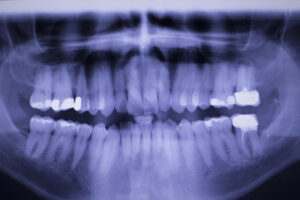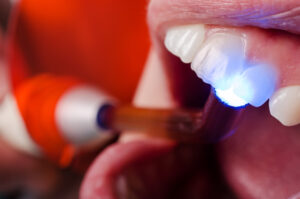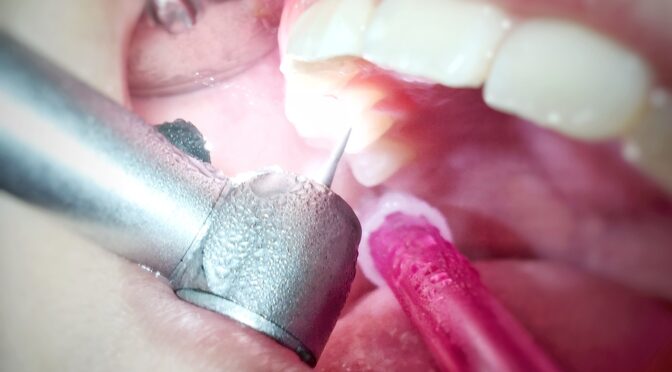Cavities – we hate them! Who actually enjoys going to the dentist? Not many I can assure you.
What if there was an easier less painful way to treat this problem? Moreover, a way to heal cavities! Scientists in the UK may have the answer. Dentin is the hard bone-like tissue that makes up most of the tooth structure. A new material which can be inserted into the teeth is said to actually repair and regenerate this Dentin.
As fillings are inserted into cavities to block off any space where harmful bacteria may want to colonise, this new material is injected into the tooth and hardened with UV light. The major difference is, once inside of the pulp of the tooth, it encourages stem cells to proliferate and grow into Dentin, which basically means we are re-growing our teeth!

“We have designed synthetic biomaterials that can be used similarly to dental fillings but can be placed in direct contact with pulp tissue to stimulate the native stem cell population for repair and regeneration of pulp tissue and the surrounding dentin,” says lead researcher Adam Celiz, a therapeutic biomaterials researcher from the University of Nottingham.
Recently claiming second prize in the materials category at the UK Royal Society of Chemistry’s Emerging Technologies Competition 2016, the theory is now considered a new form of “pulp capping”.
Pulp capping is a dental technique which involves the slowing down of dental decay. When dental pulp dies, the tooth decays and not much can be done. Pulp, enamel, dentin and cementum are the four major components which make up our teeth. Enamel makes up the surface layer, being the hardest.
Below this layer is Dentin. Dentin is the second hardest layer and is very important as it surrounds the pulp of the tooth. The pulp is made up of living connective tissue and odontoblast cells, which are found in the middle of your tooth. The pulp houses your blood vessels and connective tissue, which are very vulnerable to harmful external exposure.
Problems arise when a tooth has a cavity which eats through the enamel, dentin and cementum (a calcified substance which covers the root of the tooth) and therefore exposes the pulp. If not caught and treated fast enough by a dentist, possibly with a protective pulp-capping substance, you’re possibly looking at a painful root canal procedure.
 Usually made of made of materials such as calcium hydroxide or mineral trioxide aggregate (MTA), pulp capping materials do nothing other than protect what’s left of the tooth and they quite often fail.
Usually made of made of materials such as calcium hydroxide or mineral trioxide aggregate (MTA), pulp capping materials do nothing other than protect what’s left of the tooth and they quite often fail.
Do you think this new procedure introduced by the University of Nottingham may hold some value in modern dental technology?
“In in vitro testing, the fillings stimulated the proliferation and differentiation of stem cells into dentin, the bony tissue that forms the bulk of the tooth under the white enamel.
The researchers believe that if used in a damaged tooth, those stem cells can repair the kind of damage that often comes from the installation of a filling. In essence, the biomaterial filling would allow the tooth to heal itself.” – Coby McDonald
Still very new in concept, the team haven’t published any peer review material yet, so we’ll be cautiously optimistic for now until we see more information and know more about the procedures and costs involved. Let’s face it though, if it saves some poor victim from a root canal, this could be a seriously great thing!
Source: Science Alert

